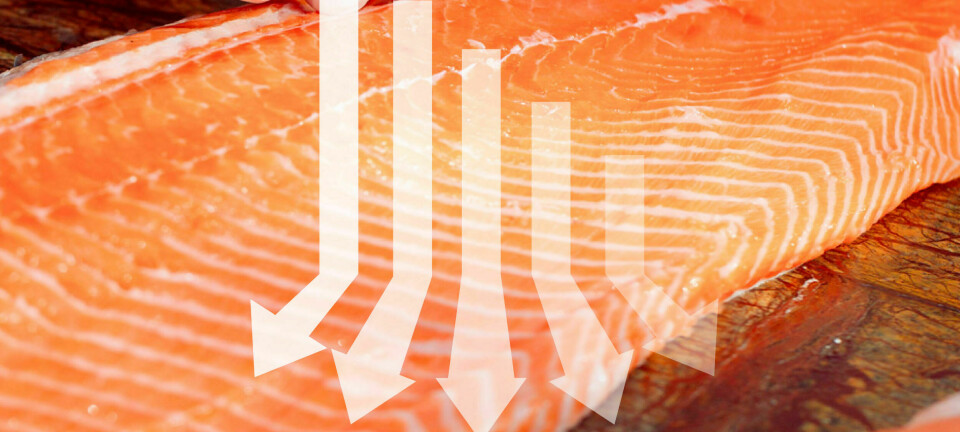
Cost of invasive non-native species
'The Economic Cost of Invasive Non-Native Species to the British Economy' suggests that invasive species cost £1.7 billion every year, that includes £251 million in Scotland.
The research was carried out by international scientific organisation CABI for the Scottish Government, Defra and the Welsh Assembly Government.
It indicates that the economic cost of INNS can be wide ranging and can result in the loss of crops, ecosystems and livelihoods.
The effect of the extent of the invasion on control costs was investigated in five case studies (Asian long-horned beetle, carpet sea squirt, water primrose, grey squirrel and coypu). In all examples, early action provided a significant economic benefit compared to the cost of management if the species were to become more widely established.
For example, with water primrose, a group of South American aquatic weeds which grow rapidly and can block waterways it is estimated that the current timely eradication will cost £73,000 which is significantly less than the estimated £242 million that it would cost if the plant was to become widely established as it has on the continent in countries like France and Belgium.
Roseanna Cunningham, Minister for Environment and Climate Change, said:
"We all know about the serious threat to our native wildlife from invasive non-native species, and this report confirms the huge cost to businesses and individuals in Great Britain every year."
"A better understanding of the negative impacts of invasive non-native species can help us raise awareness to help prevent introductions in the first place and to better respond to problems.
"This report highlights that once established, invasive non-native plants and animals can have a serious impact and that early intervention not only has a beneficial effect on the environment but also on our finances."




















































